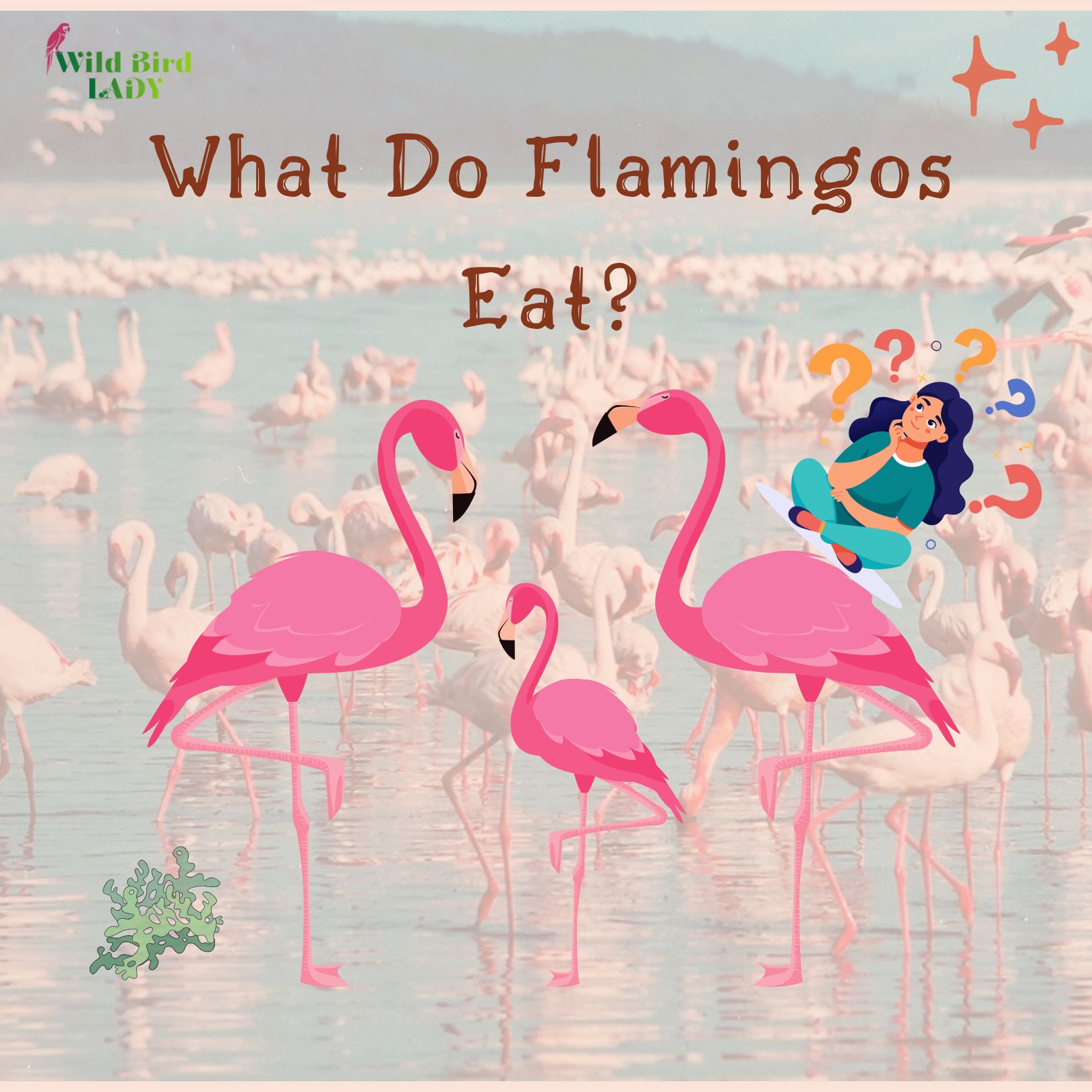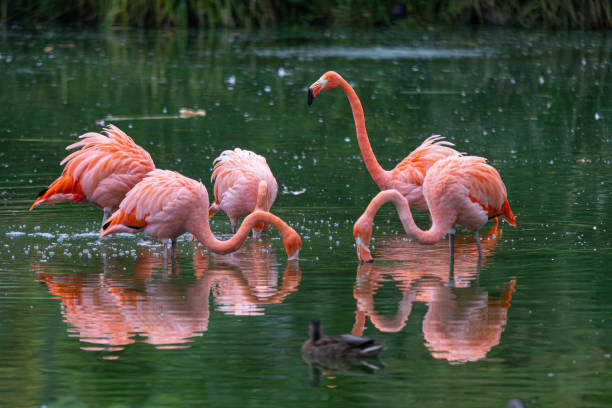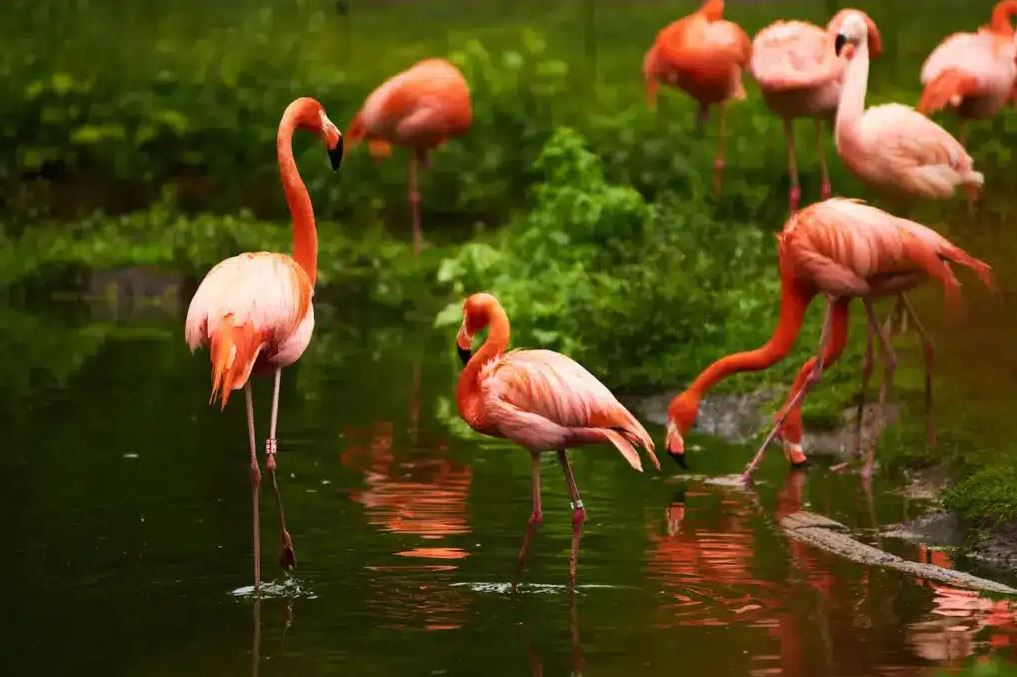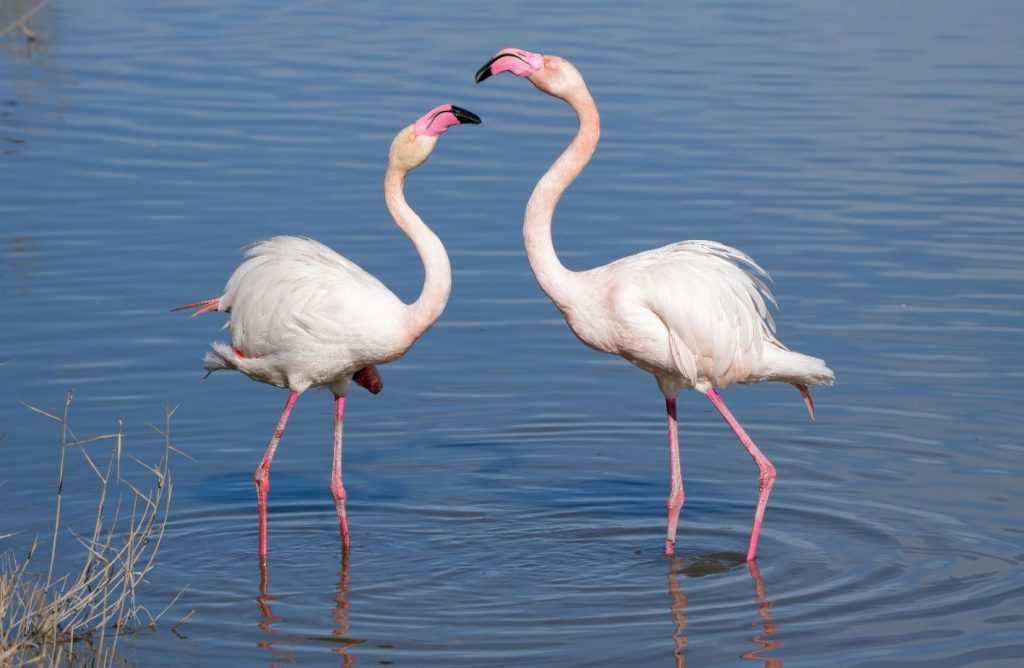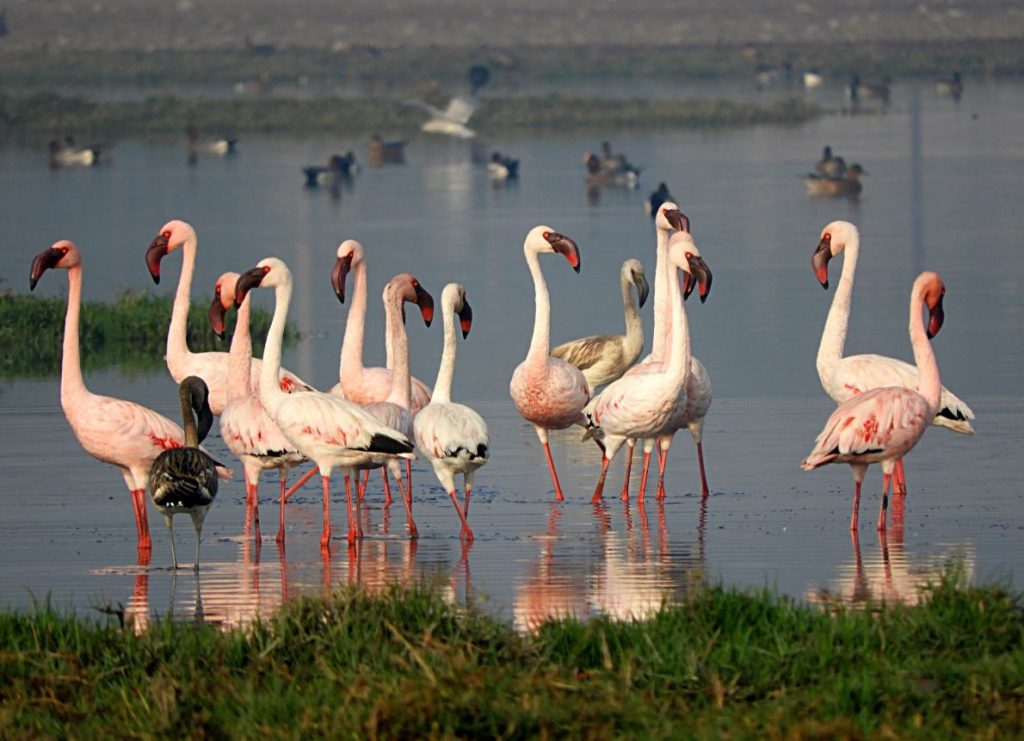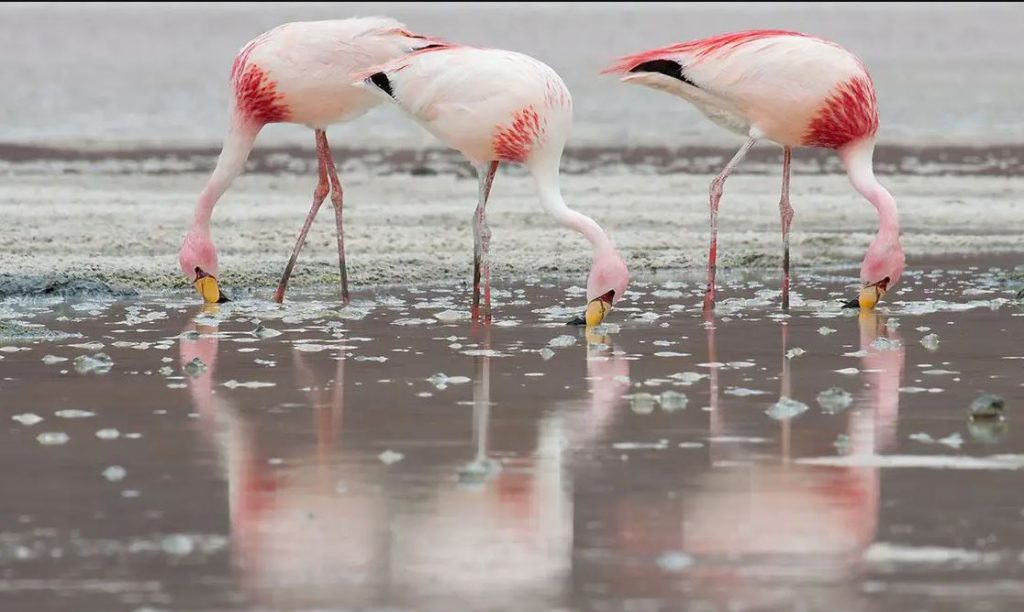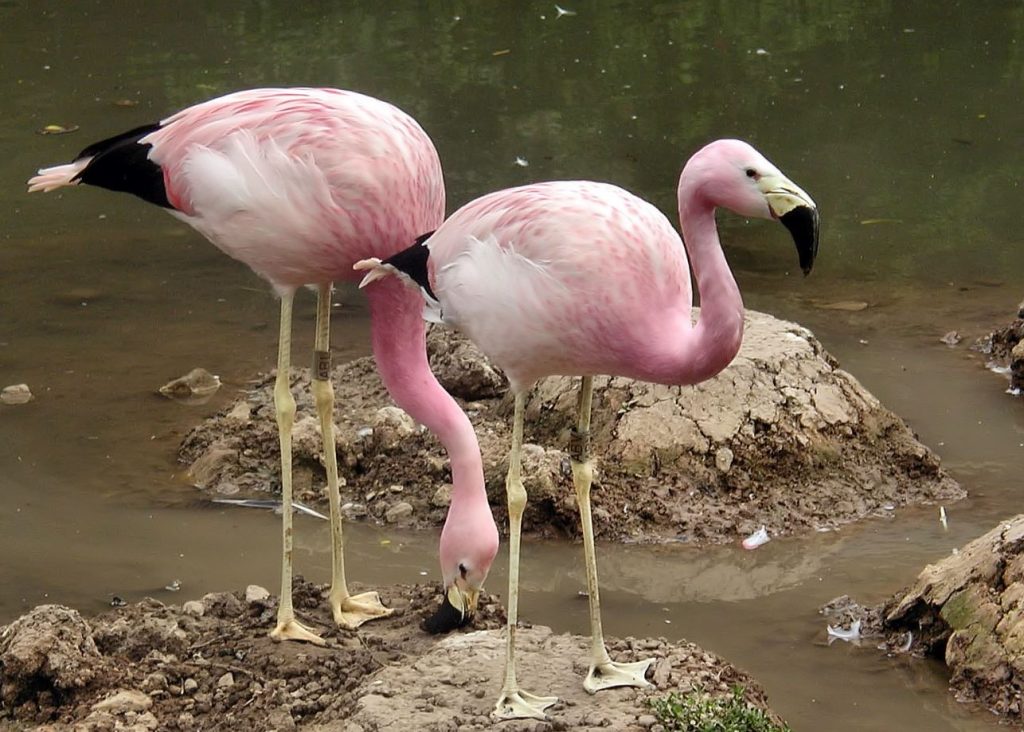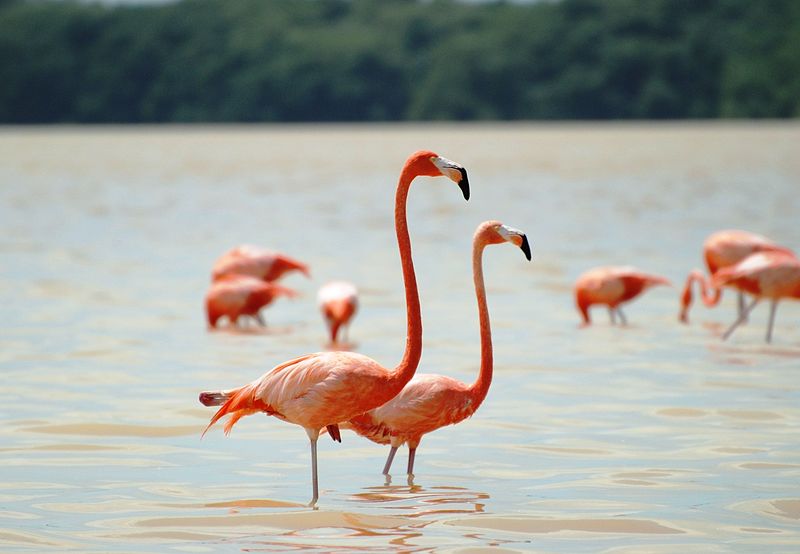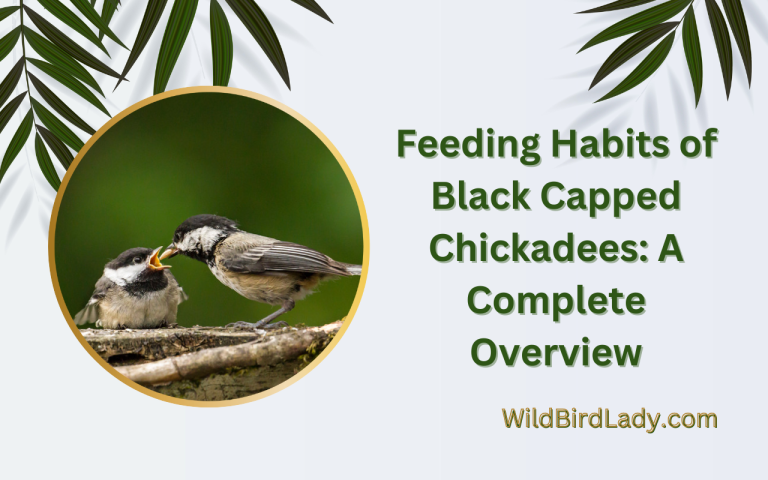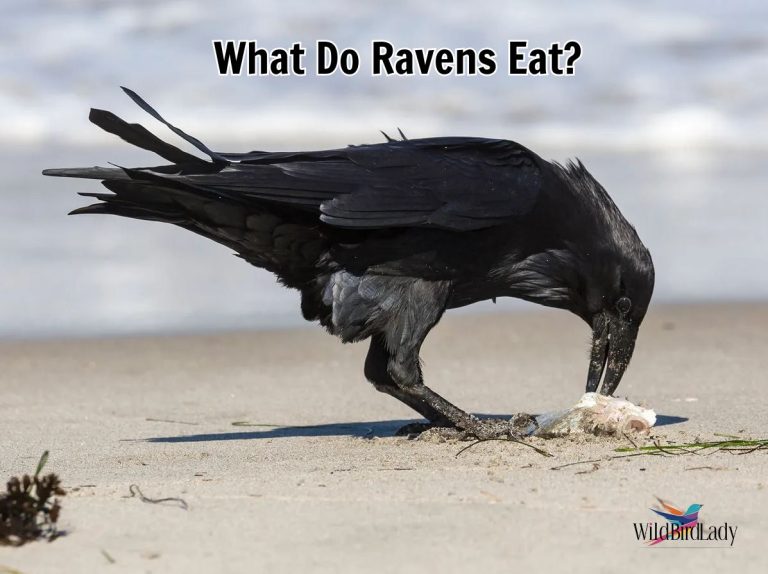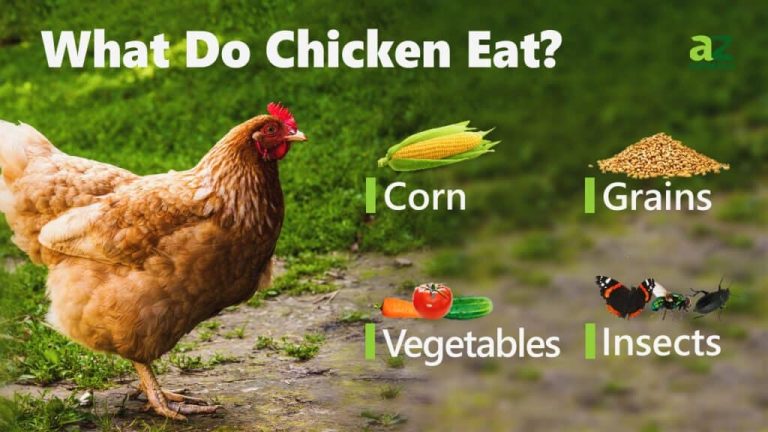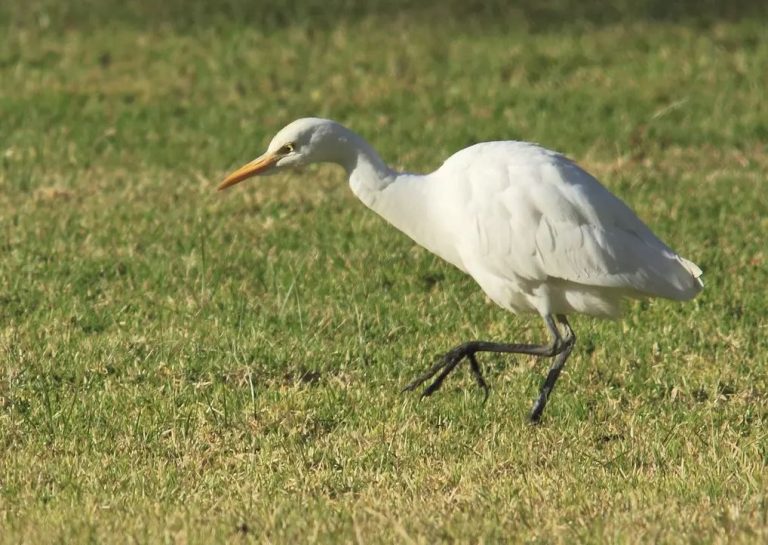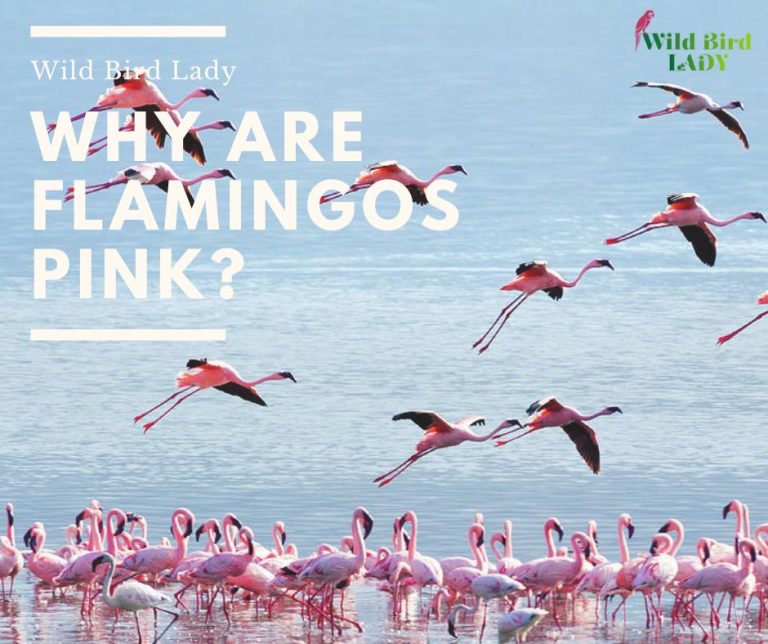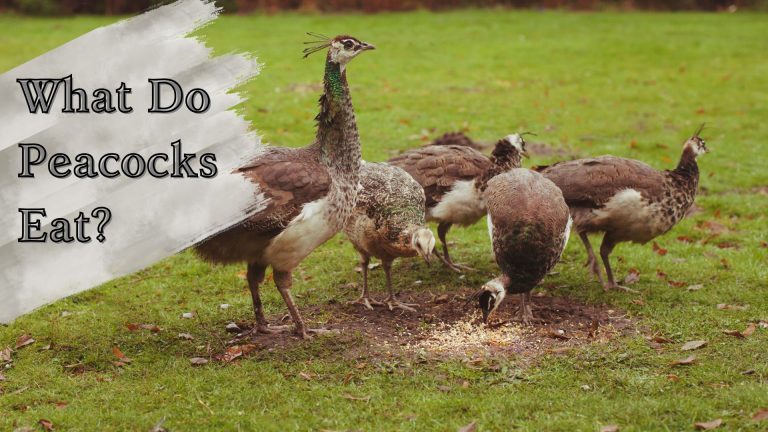What Do Flamingos Eat? All You Need to Know
Flamingos are among the most iconic birds in the world, instantly recognizable by their long legs, curved beaks, and, of course, their vibrant pink feathers. But have you ever stopped to wonder—what do flamingos eat? And how exactly does their diet contribute to their unique appearance and survival in some of the harshest wetland environments on Earth?
In this ultimate guide, we’ll take you deep into the world of flamingo food, breaking down what these elegant birds consume in the wild, how they eat, why their food impacts their color, and even what they eat in captivity. Whether you’re a bird lover, student, or just curious about nature, you’re in the right place.
Flamingo Species Overview
Before diving into their diets, it helps to understand that there are six species of flamingos, and while their diets are broadly similar, subtle differences exist.
- Greater Flamingo (Phoenicopterus roseus) – Found in Africa, Southern Europe, and South Asia
- Lesser Flamingo (Phoeniconaias minor) – Mostly in Africa and parts of India
- Chilean Flamingo (Phoenicopterus chilensis) – South America
- James’s Flamingo (Phoenicoparrus jamesi) – High-altitude regions in the Andes
- Andean Flamingo (Phoenicoparrus andinus) – Andes Mountains
- American (Caribbean) Flamingo (Phoenicopterus ruber) – Caribbean islands and parts of South America
Each species has adapted to the unique wetland environments they inhabit, and their diets reflect the availability of food sources in those ecosystems.
The Basics: What Do Flamingos Eat?
Let’s answer the big question: what do flamingos eat?
Flamingos primarily feed on tiny aquatic organisms, including:
- Algae
- Diatoms (microscopic algae with silica shells)
- Brine shrimp
- Blue-green algae (cyanobacteria)
- Small mollusks
- Insect larvae
- Crustaceans (such as copepods and amphipods)
These items make up the majority of flamingo food in the wild. What’s fascinating is that these creatures are filter feeders, much like whales and ducks, sifting out food from water and mud.
How Flamingos Eat: Their Unique Feeding Behavior
One of the most fascinating aspects of flamingos is how they eat. Flamingos use their specially adapted beaks, which are bent downward, to feed with their heads upside down in shallow water.
Here’s how the feeding process works:
- The flamingo lowers its head into the water.
- It opens its beak slightly and pumps water in and out using its tongue.
- Lamellae—comb-like structures in the beak—filter out food particles.
- The bird swallows what’s left behind: nutritious microscopic organisms.
This technique allows flamingos to selectively feed on very small prey, giving them a dietary niche with little competition from other birds.
The Color Connection: Flamingo Food and Pink Feathers
Flamingos are famous for their bright pink or reddish feathers—but did you know that they’re born gray or white?
The secret to their color lies in their food. Flamingos consume organisms rich in carotenoids, especially:
- Brine shrimp
- Blue-green algae
These organisms contain beta-carotene, a pigment that flamingos metabolize into pink or reddish hues in their skin and feathers. Without this special diet, flamingos wouldn’t be pink at all!
This is why flamingos in captivity must be fed carotenoid-rich diets to maintain their color. Otherwise, they fade to pale or even white.
Flamingo Diet by Species
While all flamingos are filter feeders and share similar methods of gathering food, the specific composition of their diet varies significantly by species. These differences are shaped by their geographic range, habitat type, and the availability of food sources in their environment. Let’s take a closer look at how each of the six flamingo species tailors its feeding behavior to thrive in unique conditions.
Greater Flamingo (Phoenicopterus roseus)
The Greater Flamingo is the largest and most widespread flamingo species, found across parts of Africa, southern Europe, the Middle East, and India. Its diet is highly adaptable, reflecting the diverse wetland habitats it occupies.
- Diet Includes:
- Small mollusks (e.g., snails)
- Aquatic insects and their larvae
- Small crustaceans
- Seeds and aquatic plants
- Diatoms and algae
- Feeding Behavior:
Greater Flamingos use their large, slightly bent beaks to filter both plant and animal material from the water. They’re considered opportunistic omnivores, meaning they consume a wide range of food depending on what’s available. - Notable Trait:
Their pink coloration is generally lighter than other flamingo species due to a lower concentration of carotenoid pigments in their diet.
Lesser Flamingo (Phoeniconaias minor)
The Lesser Flamingo is the smallest species, yet it forms the largest flocks—sometimes numbering in the millions—in alkaline lakes of Africa and India. This species is a dietary specialist.
- Diet Includes:
- Spirulina—a type of blue-green algae (cyanobacteria)
- Diatoms in smaller amounts
- Feeding Behavior:
Lesser Flamingos have the most efficient filtering system among flamingos, adapted for feeding on microscopic algae. Their highly structured lamellae can strain tiny particles from extremely saline or alkaline waters. - Notable Trait:
These flamingos are almost entirely herbivorous, and their vivid magenta-pink color is a direct result of their algae-rich, carotenoid-heavy diet.
James’s Flamingo (Phoenicoparrus jamesi)
Also known as the Puna Flamingo, this species lives in the high-altitude lakes of the Andes in Bolivia, Chile, and Argentina.
- Diet Includes:
- Diatoms (a type of silica-shelled microalgae)
- Occasional algae and microscopic plankton
- Feeding Behavior:
James’s Flamingos are diatom specialists, using their very fine lamellae to feed in shallow, mineral-rich, and often freezing waters. They feed in groups, stirring up sediment to release more edible material. - Notable Trait:
Their unique diet contributes to a pale pink appearance with deeper coloring on the face and back.
Andean Flamingo (Phoenicoparrus andinus)
Sharing the high Andean plateau with James’s Flamingo, the Andean Flamingo is distinguishable by its yellow legs and black-tipped beak.
- Diet Includes:
- A mix of diatoms
- Other types of algae
- Small crustaceans (especially during breeding season)
- Feeding Behavior:
Andean Flamingos have a more flexible diet compared to James’s Flamingos and can switch between plant and animal-based micro-prey depending on availability. - Notable Trait:
Although they have access to similar food sources as James’s Flamingos, their broader diet supports different nutritional needs during migration and breeding.
American Flamingo (Phoenicopterus ruber)
Also called the Caribbean Flamingo, this species is found in the Caribbean islands, the Galápagos, and along the northern coast of South America. It is the most vividly colored of all flamingos.
- Diet Includes:
- Brine shrimp and other small crustaceans
- Aquatic insects
- Blue-green algae
- Diatoms and plankton
- Feeding Behavior:
The American Flamingo is a generalist feeder, capable of adapting to a range of wetland conditions. It often filters food from muddy shallows or coastal lagoons using its powerful tongue and deep beak. - Notable Trait:
Thanks to its high intake of carotenoids, especially from brine shrimp and algae, this species boasts the brightest pink to coral red plumage of any flamingo.
Summary Comparison
| Species | Primary Diet | Feeding Style | Color Intensity |
|---|---|---|---|
| Greater Flamingo | Mollusks, insects, algae | Generalist omnivore | Pale pink |
| Lesser Flamingo | Spirulina, blue-green algae | Specialist herbivore | Deep magenta-pink |
| James’s Flamingo | Diatoms | High-altitude specialist | Soft pink |
| Andean Flamingo | Diatoms, algae, crustaceans | Flexible omnivore | Pale pink to rose |
| American Flamingo | Brine shrimp, algae, crustaceans | Coastal generalist | Bright coral-pink |
This breakdown not only highlights the incredible diversity within flamingo diets, but also shows how each species’ ecological niche and feeding strategy contribute to their unique physical traits—especially the intensity and hue of their famous pink plumage.
Where Do Flamingos Find Their Food?
Flamingos inhabit shallow, alkaline, or saline lakes, coastal lagoons, and mudflats—areas rich in the microscopic organisms they crave.
These habitats support:
- Algae blooms
- Shrimp populations
- Insect larvae
- Brine pools with dense biological activity
Flamingos often travel long distances to locate these nutrient-rich wetlands, especially during the dry season when many lakes shrink or dry up.
Seasonal and Habitat-Based Dietary Shifts
While flamingos are picky eaters, their diet can change with seasonal availability.
During the Wet Season:
- Lakes swell and support massive algae blooms.
- Food is plentiful and varied.
During the Dry Season:
- Lakes may become hypersaline.
- Flamingos switch to hardier prey like brine shrimp or even dig for roots and organic matter.
These shifts ensure flamingos always extract nutrition from their environment, even in extreme conditions.
What Baby Flamingos Eat
Baby flamingos, known as chicks, are unable to feed themselves at birth. Instead, their parents produce a substance called “crop milk”—a protein and fat-rich secretion from the upper digestive tract.
Crop Milk Facts:
- Both parents produce it.
- It’s red due to carotenoids.
- It’s crucial for chick development in the first few weeks.
After a few weeks, chicks begin to dabble in shallow water, learning to filter feed by mimicking adults.
FAQs About Flamingo Food
Q: Can flamingos eat fish?
A: Rarely. Their feeding system isn’t designed for large prey like fish.
Q: Are flamingos herbivores or carnivores?
A: Technically, flamingos are omnivores—they eat algae (plant) and small animals like shrimp and insects.
Q: Why do some flamingos look more vibrant than others?
A: Diet quality! More carotenoid-rich food = brighter feathers.
Q: Do flamingos ever stop eating?
A: Not really—flamingos feed for hours each day, often in groups, to consume enough microscopic prey.
Final Thoughts
So, what do flamingos eat? From blue-green algae to brine shrimp, their diet is both simple and surprisingly sophisticated. What makes flamingos so fascinating isn’t just their appearance—but the way their food shapes who they are.
Understanding flamingo food gives us deeper insight into the ecosystems these birds depend on—and reminds us just how connected diet, environment, and biology truly are.
Whether you’re admiring these graceful creatures in the wild or visiting them in a zoo, you’ll now have a better appreciation for how something as tiny as algae can turn a gray chick into a vibrant pink icon of the animal kingdom.
Looking for more bird diet guides?
Check out our other deep dives on bird nutrition, from hummingbirds to eagles!

